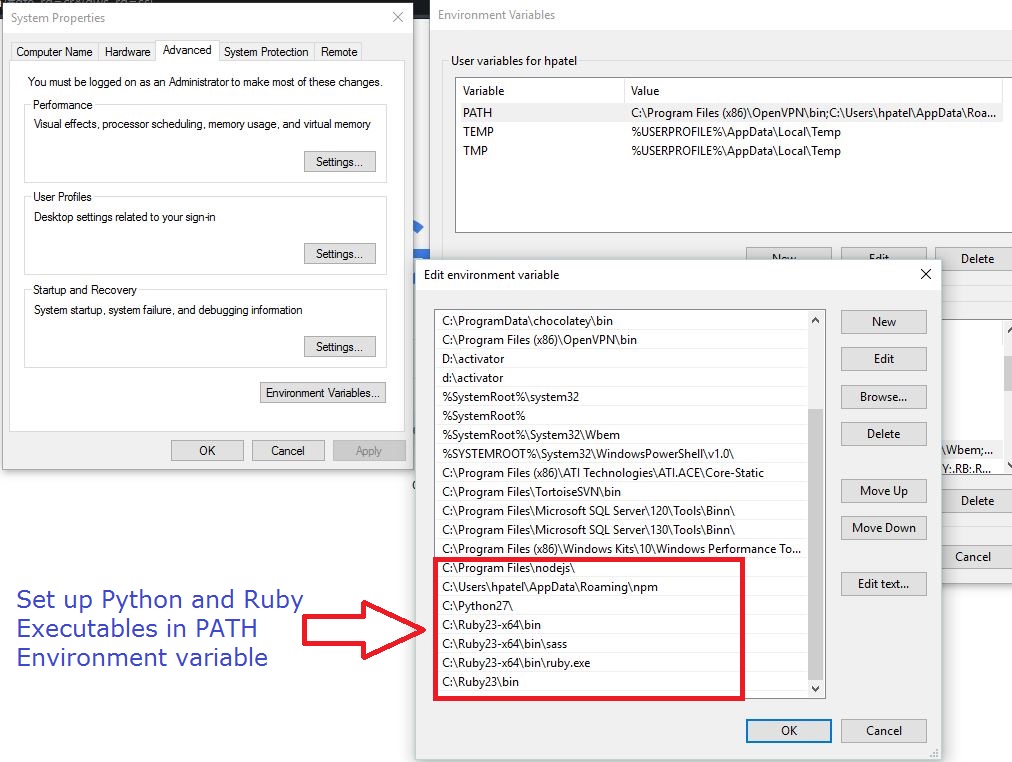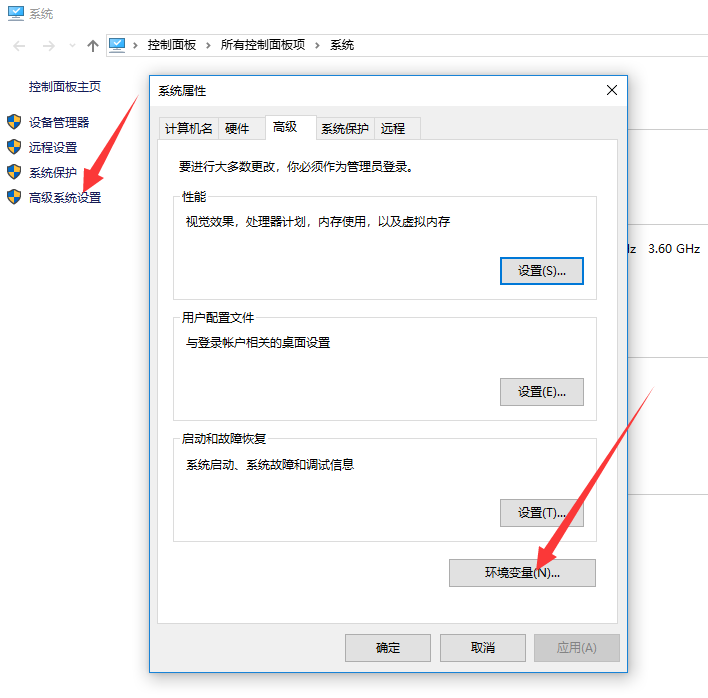


A proper C/C++ compiler toolchain, like GCC.python ( v2.7 recommended, v3.x.x is not supported).Here's a snapshot of the instructions from their readme: To tell npm to use Python 2.7 (if you also have a different version installed), run npm config set python /path/to/executable/python2.7. Basically you'll need Python 2.7, make, and a C/C++ compiler (like GCC on unix, Xcode on OS X, or Visual Studio tools on Windows). Read through the Installation section of the node-gyp readme. Node-gyp is a cross-platform command-line tool written in Node.js for compiling native addon modules for Node.js.

var/lib/mongo/server/3.2/bin/mongod -dbpath /data/db It would be wise to make a script to automate this command, and maybe even run this script on Somewhere for Mongo to put your database in. You should then run the mongod process, which is in /MongoDB/Server//bin/.

If you're using MongoDB (which you probably are), you'll have to install it from here. Make sure you have all the required Node dependencies available: npm install -g yo gulp-cli generator-angular-fullstack


 0 kommentar(er)
0 kommentar(er)
